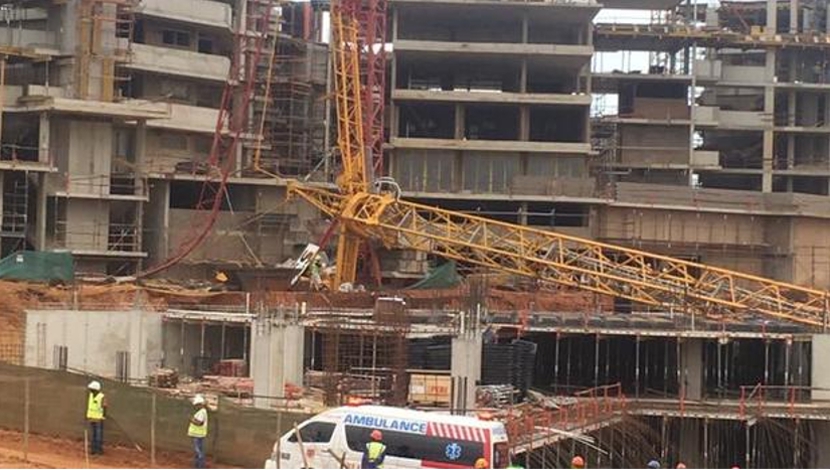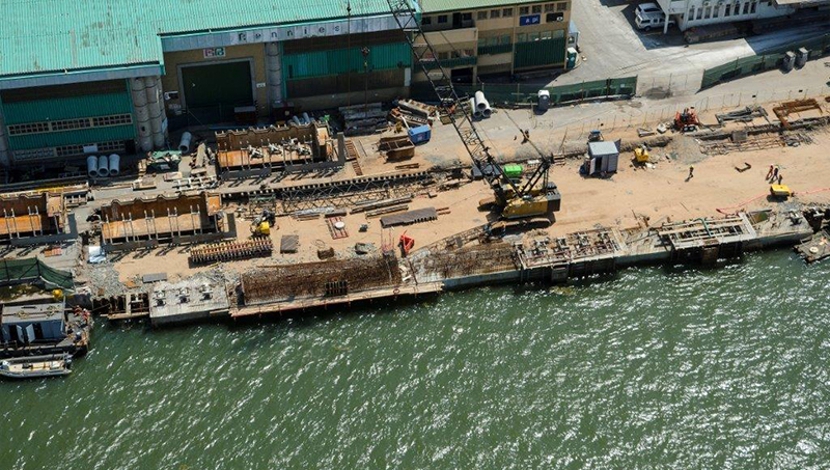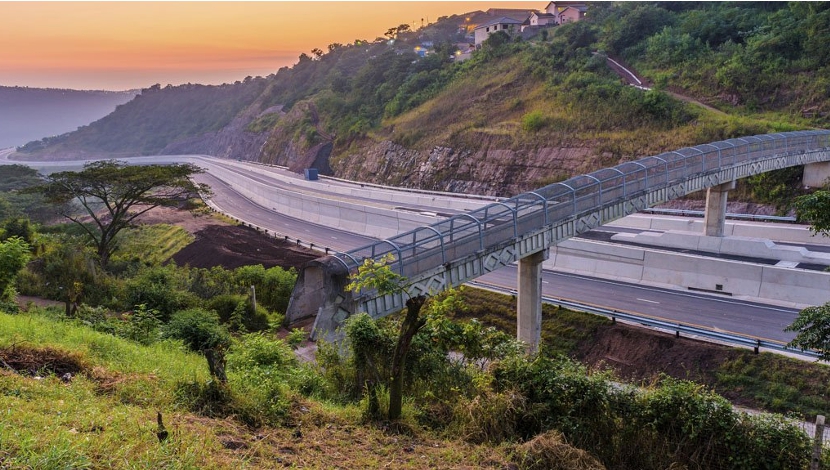

Specialist geotechnical contractorFranki Africa has completed construction of a 175-m-long quay wall with a draft of 12.3 m for marineengineering company Dormac’s new floating dock at its marine works facility in Durban.
Franki KwaZulu-Natal branch manager Paul Pearce says geotechnical work in the marine environment demands creative solutions to complex challenges. “Our quay wall proposal of continuous flight auger piles and jet grout columns gave us the advantage we needed to secure the contract.”
The existing site consisted of a rock revetment, a dilapidated sheet pile quay wall and a functioning slipway with associated grillage used for ship repair. Pearce says, although a sheet pile or diaphragm wall structure had been envisaged during the 15 years of feasibility studies, Franki’s alternative proved more economical and less time consuming.
“Delays in awarding the contract meant that the time available for construction had to be reduced to meet the delivery date of the floating dock, which had already been fixed.
Although the project involved one structure, it required many highly specialised geotechnical skills for a successful outcome. One of these was specialised jet grouting using a rig from Franki owner engineering firm Keller’s German division.
Other significant challenges included working on the edge of Durbanharbour exposed to unpredictable tidal conditions. The Franki crew worked around the clock to accommodate tidal movement and, operating when they could, laid down a high-spec working platform for the piling rigs.
The second challenge was the positioning and tolerance of the piles in relation to the jet grout columns. Franki’s works department manufactured custom-built guides and frames to assist it in positioning the piles to meet the fine tolerances.
A third piling challenge to increase piling production rates to meet Dormac’s request for Franki to complete the contract two-and-a-half months earlier than initially agreed to necessitated buying new, more efficient equipment specifically for the Dormac contract.”




